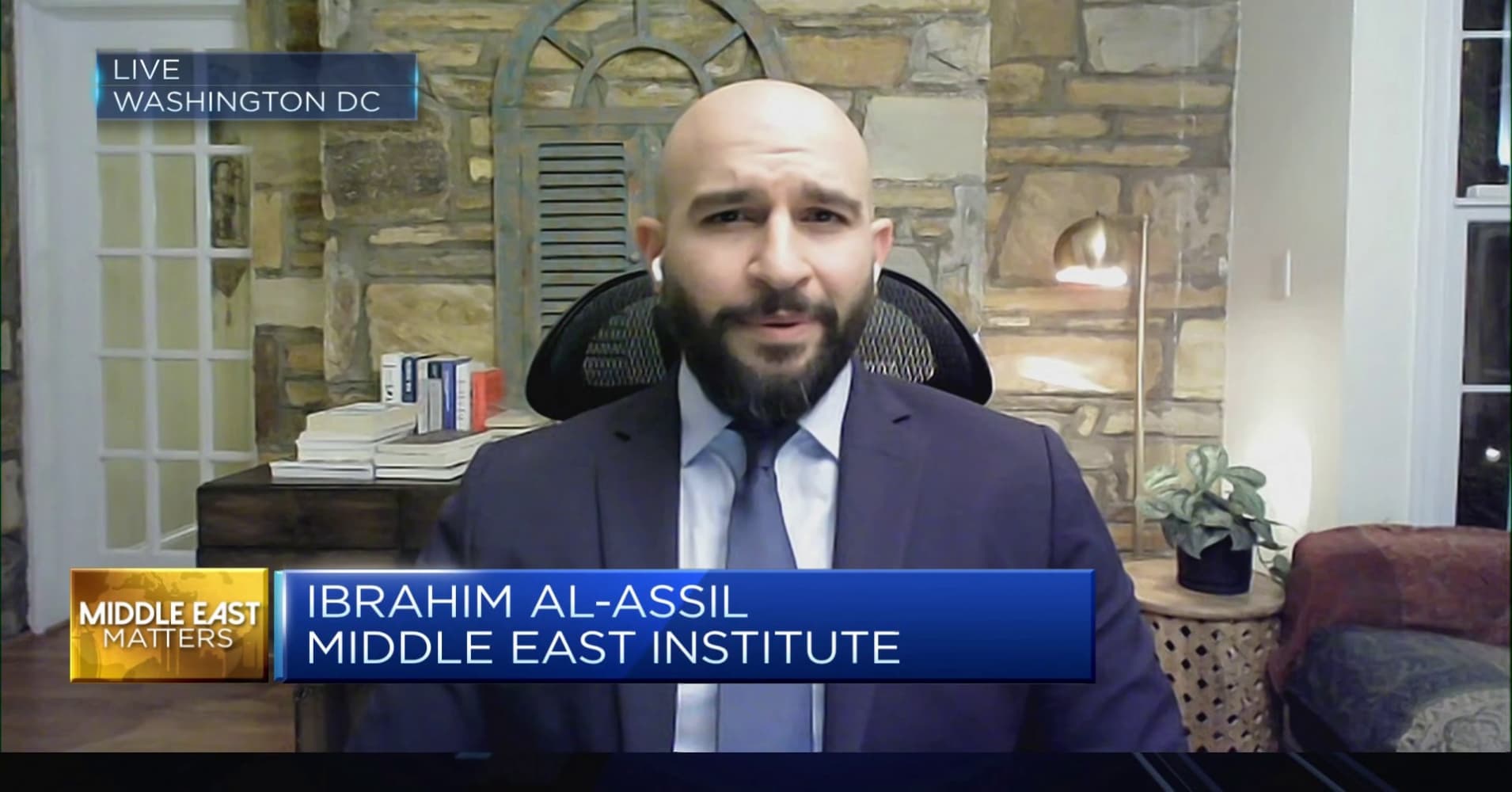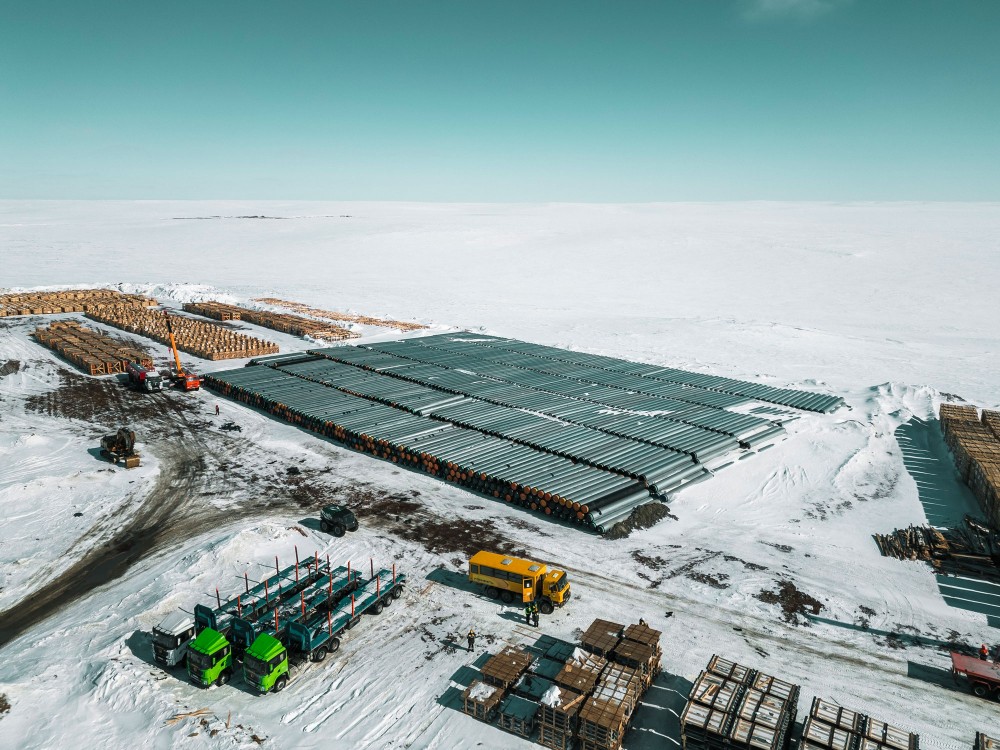
Photograph: Julio Cesar Chavez/Reuters
Anew Texas bill could soon establish a taskforce using civilians that would have the authority to “arrest, apprehend or detain persons crossing the Texas-Mexico border unlawfully”, raising concerns around state-sponsored vigilantism.
House Bill 20, authored by Republican state representative Matt Schaefer, seeks to create a new “border protection unit” that would deter migrants from unlawfully entering Texas using non-deadly force. It could include civilians with prior military experience among its members – such as national guards or former border patrol agents – who would be granted some immunity from prosecution for actions they carried out as members of the force.
Related: Eight-year-old girl dies after being detained by border patrol in Texas
The HB20 bill itself was killed last week in the Texas legislature but then quickly resurrected as HB7 – a slightly different amendment to existing immigration legislation. The proposed unit was renamed the “Texas border force” and put under the command of the Texas ranger division.
With a Republican majority in both the state house and senate, the fresh bill seems likely to pass.
Bernardo Cruz, an attorney for the Texas chapter of the American Civil Liberties Union (ACLU), told the Guardian: “It’s really an unlawful action or exercise by the state government. We are really afraid it’s going to lead to more racial profiling of current migrants, and also that it affects everyone who lives across the border and the states.”
Although immigration law and enforcement on the US border is under federal jurisdiction, border states like Texas argue they have the right to protect themselves if the federal government fails to do so, as per the “invasion” clause of the US constitution.
Such a drastic move by a state to enforce federal immigration law is likely to end up in court.
Schaefer, one of the Texas legislature’s most conservative members, said in a statement: “Enough is enough. If [Joe] Biden won’t defend this country, we will.”
Related video: Food delivery fills gaps of US-Mexico border wall (India Today)Duration 0:35 View on Watch
The news of the bill comes shortly after the expiration of Title 42, the pandemic-era policy that gave US officials authority to turn away migrants who came to the US-Mexico border claiming asylum in order to prevent the spread of Covid-19.
Immigration and civil rights activists have condemned the legislation and said its potential passage was “disheartening”. These critics of the bill, such as the non-profit Human Rights Watch, say it will embolden state-sponsored vigilantism.
Testifying in front of the Texas house state affairs committee in April, Bob Libal of Human Rights Watch said the border protection unit would lead to the “codification and expansion of a border policing, court and jailing system that has to date resulted in injuries, deaths, racial discrimination, abusive detention conditions, and a chilling effect on freedoms of association and expression.”
The unit would be overseen by the Texas public safety department and would controversially give its officers broad authority to make arrests, build border barriers and search vehicles they deem suspicious.
Rochelle Garza, president of the Texas Civil Rights Project, told the Dallas Morning News that she was “appalled by this dangerous and unconstitutional proposal designed to violate federal law at the expense of the border community I call home”.
She added: “Not only does this bill mobilize a new military force under the governor, it also allows the head of the force to deputize almost anyone to enforce federal immigration law, including vigilante groups that have targeted Texas border communities.”
The ACLU’s Cruz said the unit would be an extension of Operation Lone Star, another state effort to secure the US border with Mexico, launched by the rightwing Republican governor, Greg Abbott, in March 2021.
Operation Lone Star is a joint operation between the public safety department and the Texas national guard. It was established during an increase of migrants at the state’s border for which Abbott issued a disaster declaration.
“Texas does not have the authority to enforce immigration law,” Cruz said. “There’s clear both federal law and supreme court precedent that establishes that the appropriate entity to enforce immigration laws in this country are federal law enforcement agencies.”
Like Operation Lone Star, Cruz said the new border protection unit would lead to racial profiling.
In a federal complaint filed in July last year, the Texas ACLU, along with the Texas Civil Rights Project, alleged state troopers excessively pull over Latinos as part of Operation Lone Star. The complaint also said at least 30 people were killed in state police car chases connected to Texas’s expansive border security operation.
“We really afraid it’s going to lead to more racial profiling of migrants and also that it affects everyone who lives across the border and the states. There’s nothing in the language it just narrows it to specific area of Texas. So this really is an extremely broad attempt by the state of Texas, to really just militarize communities.
“And that, of course, impacts everyone’s day-to-day life in a negative way.”




















